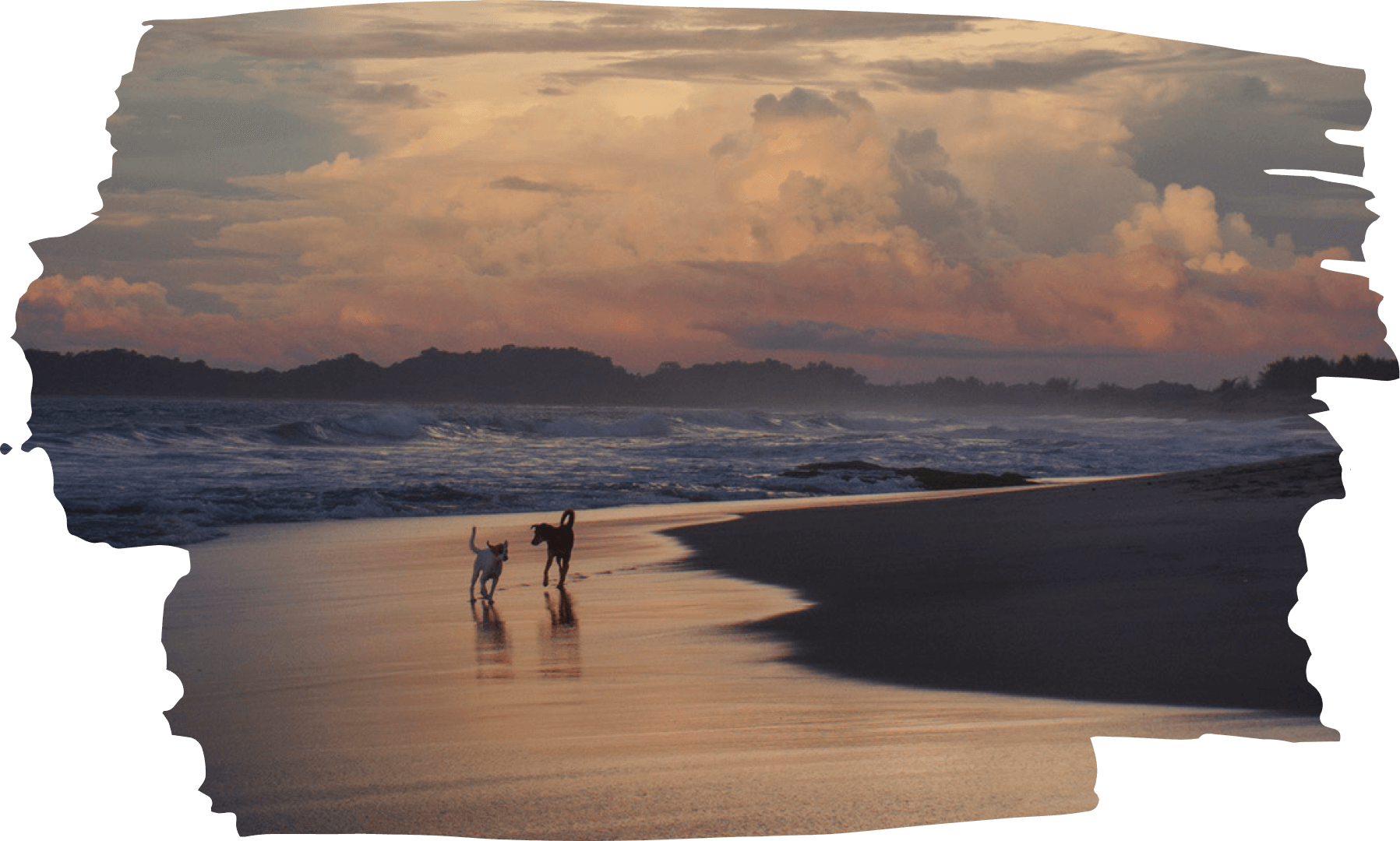
Golden Hour and PhotographyLa hora dorada y la fotografía
The sky is like a living canvas that changes its color and mood every minute. Morning pastel hues, the depth of blue during the day, dramatic sunsets with golden and purple strokes – no two shots are ever the same. And that is precisely where its magic lies.

In the photo by the sea, the whole meaning is based on the meeting of the sky and water. The golden hour provided soft light that illuminated the contours, and the reflection in the sand doubled the depth of the story. A simple scene turned into a story about freedom, lightness, and a little bit about temptation.
Photographing the sky is not easy: it is often too bright, and the ground remains in shadow. Here's a little secret that will help: adjust the camera to the bright areas of the sky or slightly “go into the minus” (-0.3...-1 EV). This way, the sunset will not be overexposed, and the clouds will retain their beautiful shades.

The second trick is to look for reflections and leave space for the sky. Raise the horizon above the center of the frame, look for reflections in water or wet sand, and add silhouettes. Then the photo will cease to be just a “view from above” and become a real story, achieving depth in the frame.

And the third tip is to add a silhouette or object in the foreground. A person, tree, or bicycle immediately turns a beautiful view into a story, and the sky becomes its background and mood.

Every sky is unique. And the photographer's task is not just to capture the clouds or the light, but to capture the mood they convey. After all, it is this mood that makes the frame alive and memorable. The sky is the best artist. You just need to capture the frame at the right moment.
El cielo es como un lienzo vivo que cambia de color y atmósfera a cada minuto. Tonos pastel matutinos, la profundidad del azul durante el día, atardeceres espectaculares con pinceladas doradas y púrpuras: cada foto es única. Y ahí reside precisamente su magia.

En la foto junto al mar, todo el significado se basa en el encuentro del cielo y el agua. La luz tenue del amanecer iluminaba los contornos, y el reflejo en la arena duplicaba la profundidad de la historia. Una escena sencilla se convirtió en una historia sobre libertad, ligereza y un poco de tentación.
Fotografiar el cielo no es fácil: suele ser demasiado brillante y el suelo queda en sombra. Un pequeño secreto te ayudará: ajusta la cámara a las zonas brillantes del cielo o agárrala ligeramente hacia el negativo (-0,3...-1 EV). Así, la puesta de sol no quedará sobreexpuesta y las nubes conservarán sus hermosos matices.

El segundo truco es buscar reflejos y dejar espacio para el cielo. Eleva el horizonte por encima del centro del encuadre, busca reflejos en el agua o la arena mojada y añade siluetas. Así, la foto dejará de ser una simple "vista aérea" y se convertirá en una verdadera historia, logrando profundidad en el encuadre.

El tercer consejo es añadir una silueta u objeto en primer plano. Una persona, un árbol o una bicicleta convierten inmediatamente una hermosa vista en una historia, y el cielo se convierte en su fondo y ambiente.

Cada cielo es único. Y la tarea del fotógrafo no es solo capturar las nubes o la luz, sino capturar la atmósfera que transmiten. Al fin y al cabo, es esta atmósfera la que hace que la imagen sea viva y memorable. El cielo es el mejor artista. Solo necesitas capturar la imagen en el momento preciso.
Artistas
Información
Todos los derechos para el contenido gráfico completo y/o parcial (fotos, videos, ilustraciones), tramas/historias, materiales de texto individuales, archivos de audio/contenido de audio, el código de programa correspondiente, que se utilizaron y/o están siendo utilizados en la aplicación móvil "NYMF" y/o todos sus cambios originales, adiciones, modificaciones y también en los servicios https://dubnitskiy.com, https://nymf.com son el resultado de la creatividad individual y pertenecen a D.I. Dubnitskiy (bajo el seudónimo de David Dubnitskiy).
Aviso de Derechos de Autor.














